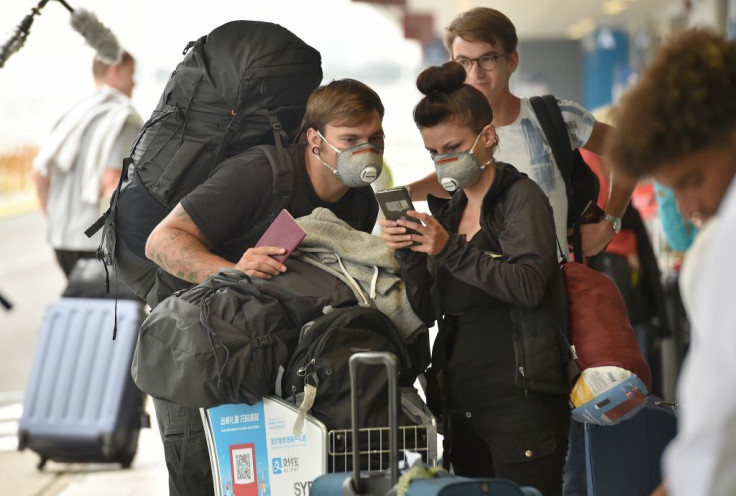Since the first case of coronavirus was detected in China in December 2019, the pandemic has spread throughout the world with over 2 million infected and 165,000 dead. With the U.S. topping the list with the highest number in both categories, experts, especially epidemiologists have been scrambling to decode the structure of COVID-19.
In a recent chat with the New Yorker, Justin Lessler, a professor of epidemiology at the Johns Hopkins Bloomberg School of Public Health, who models disease transmission and has been lately studying the novel coronavirus, shared key findings about the pandemic.
Social distancing is helping
Looking at the worldwide measures of struct lockdowns, it has been observed that “social-distancing measures that we have been taking over the current period seem to be working in a lot of places.”
“It’s a little early to say for sure, but hopefully, the initial signals that maybe they’re working are an indication that they really are,” Lessler explained.
Immunity to the virus exists but the extent is unknown
As it happens with viral diseases, one develops a sort of immunity against it after contracting it once, but in the case of novel coronavirus, “how much immunity and protection it is remains an open question.”
“It could be what we call sterilizing or complete immunity, where you can’t even get infected with the virus, at one extreme. At the other extreme, it could just be very weak immunity that wanes quickly and maybe dampens symptoms a bit but doesn’t stop the infection,” he said, adding that owing to the dubious nature of the protection our immune system can provide, whether it is enough in “interrupting transmissions” is still a question.
Even those asymptomatic have immunity
Many cases of coronavirus have been found where a person carries the virus but has none of the symptoms i.e., they are asymptomatic, But even they develop “some immunity either way.”
“I think in most cases it’s likely that your immunity would be a little bit stronger if you had symptoms because a lot of the symptoms you get for diseases like this are driven not by the virus itself but by your immune response,” Lessler revealed.
Does warm weather disrupt the virus’ spread?
While the initial diagnosis was that the virus cannot spread in warm places, it is not a final observation. On one hand, there’s some indication that “there may be a seasonality in other coronaviruses” and that may “lower the amount of infections in the summer”. Though it may prove to have a positive effect, to completely rely on “the idea that it’s somehow going to save us and eliminate the disease is a pipe dream” as evidence contrary to the prediction exists.
“There has been significant transmission in places like Singapore and Thailand, where warmer and more humid conditions exist year-round,” he shared.

© 2025 Latin Times. All rights reserved. Do not reproduce without permission.



